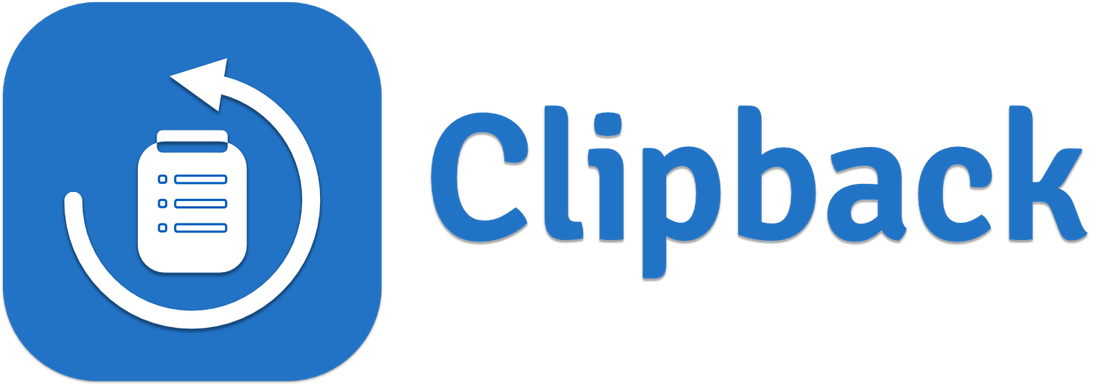
Why I built Clipback
- Arda C. Tugay
- Product
- February 12, 2024
Late in 2023, I took up a leadership role to lead a new team at work. As a software engineering team lead, my time was now split between development and people management. I was also working fully remotely with a team that was globally distributed, which required a different way of working where you document a lot more than you otherwise would with in-office jobs, in order to prevent knowledge silos.
I found myself constantly switching back and forth between tabs in my web browser, as well as various apps that were currently open on my Mac, in order to copy and paste links and content into the documents I was writing. Eventually, it got to a point where the number of tabs and apps I had to juggle was slowing me down. This is the point where I decided it was time to improve this process.

Some scenarios where I found Clipback to be extremely useful:
- While proposing technical solutions for roadmap items, Clipback helped track and re-use links to the various documents I had copied when visiting them.
- While coordinating cross-team tasks, Clipback helped refer back to links to other conversations that I had recently copied, allowing me to quickly include contextual links to other conversations.
- While debugging issues with IDs from logs, Clipback made it much easier to keep track of IDs used for querying entities, as I didn’t have to scroll through logs to constantly copy the IDs I needed at that instance.
Why not use an existing solution?
Before developing any new solution, it’s important to understand what’s currently available in the market to understand whether the market needs are met and what kind of innovation the market could use. To that end, I tried several apps, but couldn’t find any apps that fully satisfy my needs:
- One wasn’t convenient enough due to a lack of keyboard shortcuts and pop-up interface similar to Spotlight, and also wasn’t detecting and hiding my passwords from display.
- One was a subscription service that offered saving and syncing my clipboard history, but I didn’t need any of those features.
- One came as an add-on to a larger application, which meant a higher price tag for features that I didn’t intend to use.
Last but not least, as with most side projects, I wanted to try my hand at building a Mac app to experience the release process of an app, end-to-end.
Why is Clipback a paid app?
There are several reasons why I chose to make Clipback a paid app with a one-time up-front payment:
- No surprises - you pay once and are able to use all the features of the app now and in the future.
- There are additional features I want to bring to the app and having it as a paid app acts as an incentive for me to continue its development.
- Once all features are complete, I want to ensure the app continues to work with future versions of Mac.
- It helps cover the costs of the Apple Developer Program.